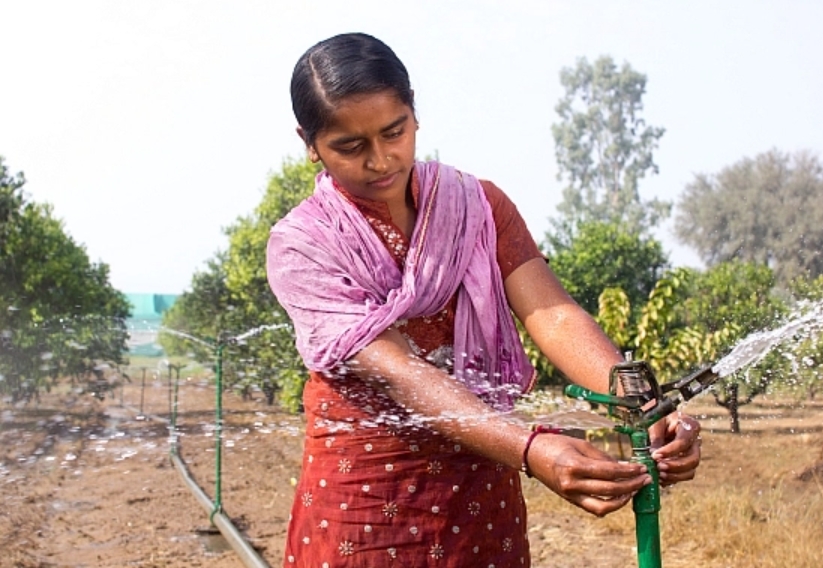In recent months, India has undergone an unparalleled heat wave, along with droughts, putting the issue of water scarcity at the forefront in a state with a population of 1.3 billion. For a while now, measures have been taken to tackle water shortages, which are predicted to worsen in the future. According to the latest reports from the IPCC, 40% of India’s population will suffer from water scarcity by 2050.
In the 1960s, following the renowned “green revolution”, the second most populous nation on Earth implemented an innovative subterranean irrigation strategy that now requires reconsideration. In response to the food crises of the 1950s and 1960s, India undertook aggressive agricultural programs to achieve food self-sufficiency. By modernizing agricultural practices and utilizing inputs like fertilizers, pesticides, and irrigation, productivity increased dramatically, leading to a green revolution that allowed Indian agriculture to meet the growing demand for food.
This extraordinary adaptation comes at a price, however. In a country where water availability is extremely variable in space and time, irrigation has been one of the priorities of policies to help farmers.
Groundwater, a secure resource
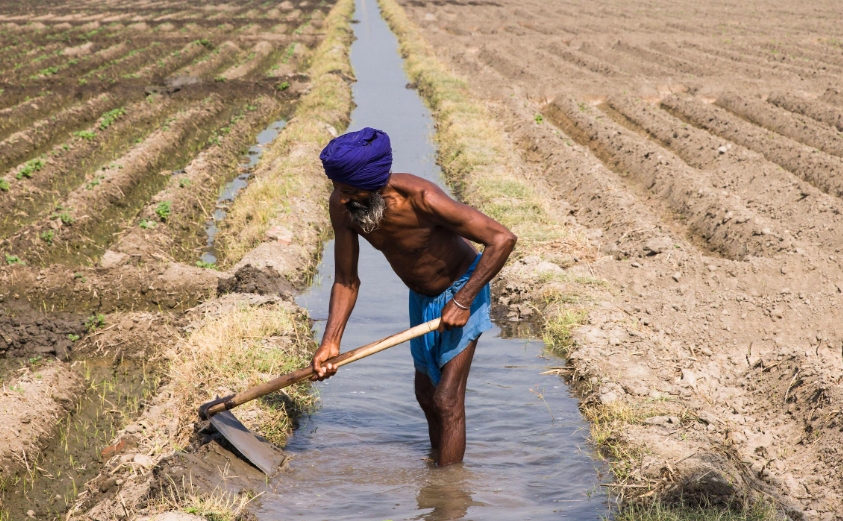
Groundwater irrigation has experienced an enormous surge in India, surpassing surface water usage. With an extraction of 250 billion cubic meters, India is currently the world’s biggest consumer of groundwater, exceeding the combined usage of China and the United States.
There are multiple explanations for this phenomenon. Groundwater irrigation is typically more efficient than surface water irrigation because it is pumped closer to its point of use, leading to minimal transportation losses. Additionally, groundwater is considered a more secure resource as it is less vulnerable to weather-related risks.
Lastly, challenges regarding competition between groundwater users emerge in a less conspicuous and straightforward manner compared to those involving water from canal networks since underground water is invisible, and the interconnections between boreholes are unclear.
Making this resource more accessible has become a means for rural development and combating poverty. Policies such as rural electrification and borehole support have resulted in an increase in pumping for crop irrigation, leading to decentralized over-exploitation of the groundwater resource. As a consequence, regulation becomes even more challenging.
Roughly 360 million households in India rely directly on their pumps and boreholes. At present, agriculture is believed to account for roughly 20% of India’s GDP, while groundwater irrigation contributes over 10% to the country’s GDP.
A dwindling resource
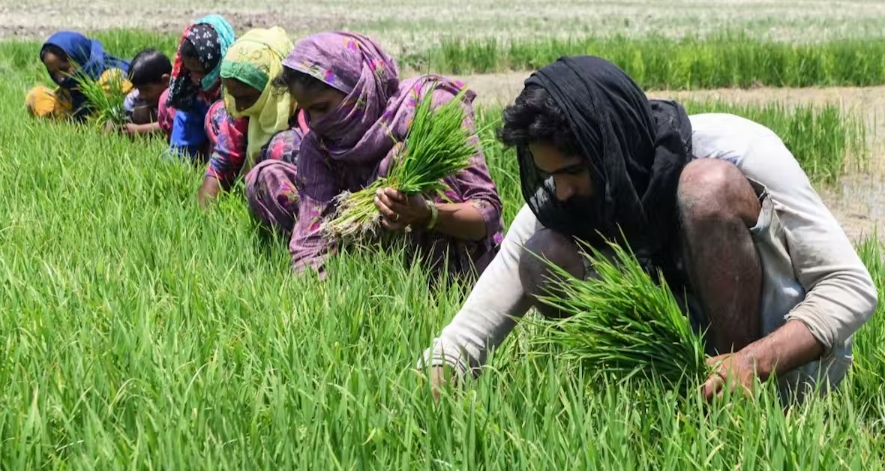
Over the last decade, rainfall during the monsoon season has not been enough to replenish the water supply in aquifers, which are composed of porous rocks where groundwater flows. The overuse of this resource has led to a consistent decline in groundwater levels in numerous regions of the Indian subcontinent.
The former open wells have run dry, springs are drying up, rivers are dwindling, and the few remaining streams are contaminated, thereby polluting the groundwater they feed. Elaborate investigations, like those conducted at the Franco-Indian Groundwater Research Center in Hyderabad, reveal that the decrease in groundwater levels is a result of excessive pumping and not a shortfall in monsoon rainfall.
The recent heat waves have raised the water requirements of both people and plants, leading to an escalation in groundwater extractions, all within a framework of demographic growth and climate change. Predictive models indicate that the present rate of withdrawals is unsustainable and that the underground reserves will soon reach their limits. The underground aquifers are progressively being depleted.
The repercussions of the decline in groundwater levels are not limited to environmental concerns but also extend to social and economic issues. These challenges generate problems of fairness: a considerable number of small-scale farmers are presently unable to access water since their boreholes have dried up, and they do not have the financial means to drill deeper ones. The identical problem exists with the hand pumps that provide drinking water to many rural communities.
From an energy standpoint, the electricity demand, which is already difficult to fulfill, surges with the depth of the extracted water, causing a surge in power outages. This groundwater predicament is accompanied by an energy crisis that is a consequence of the subsidies provided to farmers and the escalation in electricity demand to pump more water and provide air conditioning in urban areas.
In multiple states, farmers are provided with free electricity, and as a result, the pumps are continuously operational. The electricity providers, who produce a quarter of the total electricity consumed by the country, are considerably debilitated by a sector that incurs a cost of more than 5 billion dollars per year.
Supply and demand management
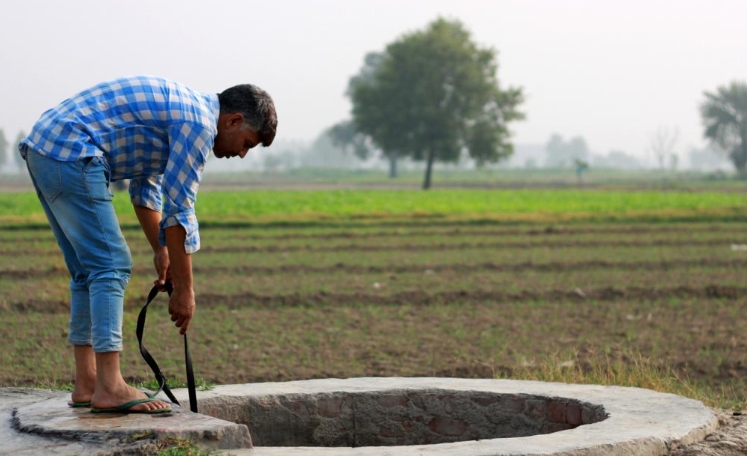
The groundwater crisis can be attributed to the accessibility of the resource. Earlier, programs related to surface irrigation or drinking water supply were managed by government authorities who were involved in the planning, funding, and execution of these programs.
Furthermore, the use of surface waters involved constructing concentrated projects that captured a specific watercourse or lake, which directly affected downstream users. As a result, regulations on sharing, management, and maintenance have been developed over time.
At present, farmers individually undertake the extraction of groundwater by drilling wells and installing pumps. This mode of exploitation is considerably less organized and lacks any institutionalized management.
The traditional approach to meeting water demand was to increase supply by transferring water from areas where it was abundant to areas where it was scarce. However, such large-scale projects have been shown in the past to have significant economic, ecological, and social costs.
The Kaleshwaram project, launched in the state of Telangana, is a prime example of large-scale promotion during electoral campaigns that often lead to desperate and short-sighted actions in response to the water crisis. This pharaonic project, slated for completion in 2026, will be one of the largest irrigation projects globally, involving the pumping of water from the Godavari River over a distance of more than 300 km to supply over 20 dams. The dams will provide irrigation to the central region of the state and drinking water to Hyderabad. However, this mammoth infrastructure necessitated the displacement of thousands of people and is estimated to cost a total of 12 billion euros.
The Kaleshwaram project is facing several issues. Firstly, the energy required to pump water over 300 km is enormous. Secondly, it raises concerns about maintaining the flow of the Godavari River downstream for the neighboring state of Andhra Pradesh. Despite these issues, the project is being fiercely defended by Kalvakuntla Chandrashekhar Rao, the head of the government of Telangana.
Rethinking water policy
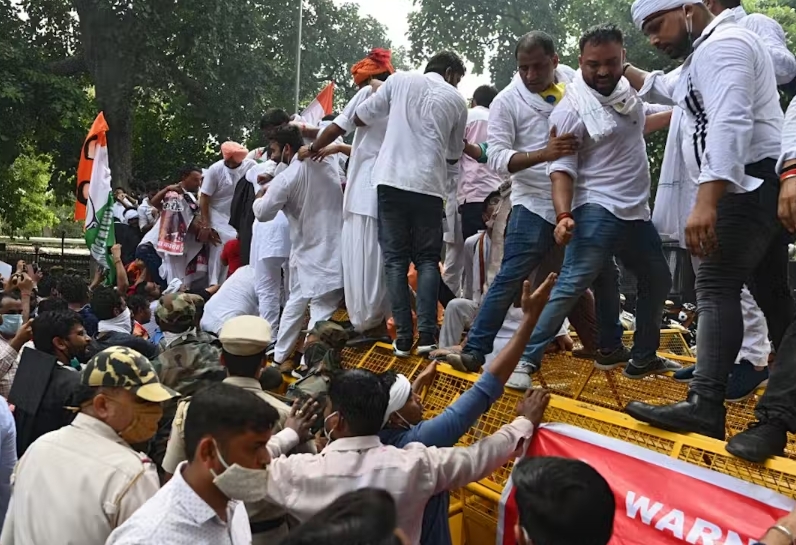
An alternative approach to augment groundwater supply is by enhancing natural recharge through the use of artificial recharge methods. These techniques, which involve capturing and storing rainwater during the monsoon season for later use, may seem logical, but their cost-effectiveness ratios are often high and their effectiveness is limited to specific areas. Moreover, many of the water reservoirs constructed in India for recharging aquifers require regular maintenance to ensure their efficiency and prevent them from becoming evaporative basins in the scorching sun of southern India.
Hence, shouldn’t we reconsider the water policy by focusing on reducing demand rather than increasing supply? A potential solution could be a shift in agricultural policy towards growing water-efficient crops, like not cultivating water-intensive crops like rice in regions with scarce water resources. Currently, these crops are grown extensively in water-scarce areas such as Tamil Nadu and Andhra Pradesh in southern India.
Exports that question
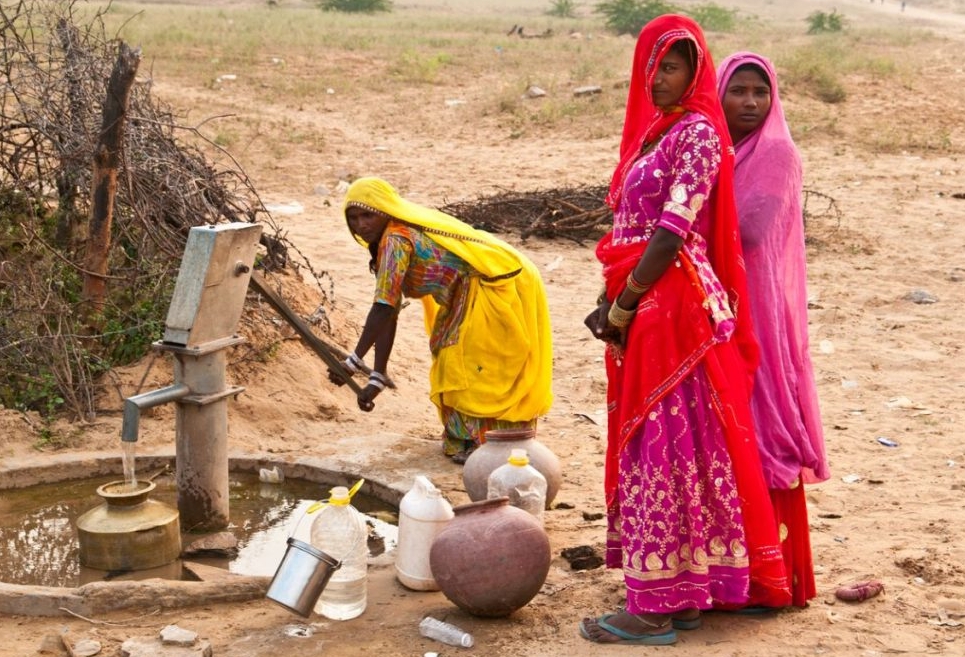
India ranks as the world’s third-largest exporter of virtual water, which is the water required to produce export commodities (for instance, it takes 5,000 liters of water to produce 1 kg of rice). The economic strategy of exporting crops grown with significant use of groundwater raises concerns. Given the present circumstances, is it feasible for India to continue exporting its excess production by subsidizing the export price of rice due to low global prices?
The agricultural sector is facing a potential collapse, with the crisis escalating in 2019 before the pandemic began. The Hindu nationalist government made an amendment to restructure agricultural production pricing based on further liberalization. One of the key changes was to allow farmers to sell their crops to buyers of their choice outside of state-regulated markets. However, small farmers are worried about being at the mercy of large farmers, and the laws may no longer guarantee the minimum prices set by the State for certain commodities such as rice and wheat.
The recent reforms that favor large agricultural producers over small family and subsistence farms led to the largest protests in history, forcing the government to backtrack. As a result, any indirect measures aimed at regulating groundwater demand must be approached with caution due to their potential economic, social, and environmental impacts.
Professor Swaminathan, known as the father of the green revolution, acknowledges that a sustainable green revolution, which considers environmental constraints, natural resources, and health, is now essential. Having achieved the green revolution, can India successfully tackle the challenging task of the blue revolution?
